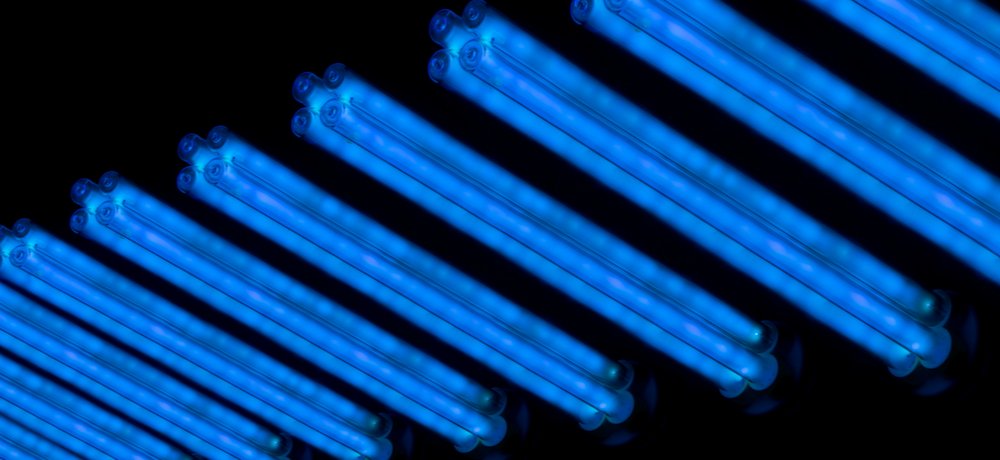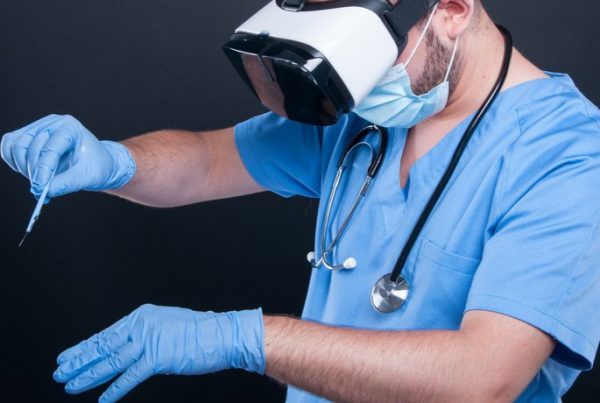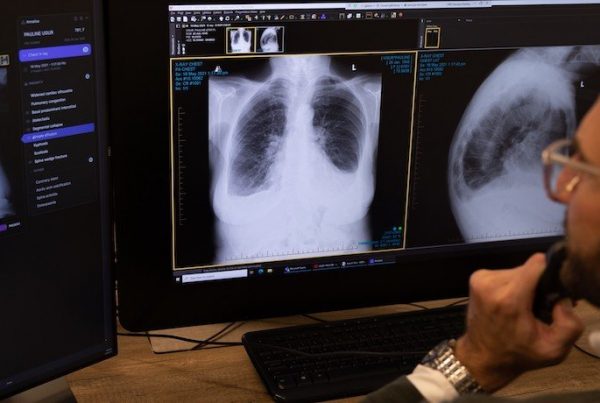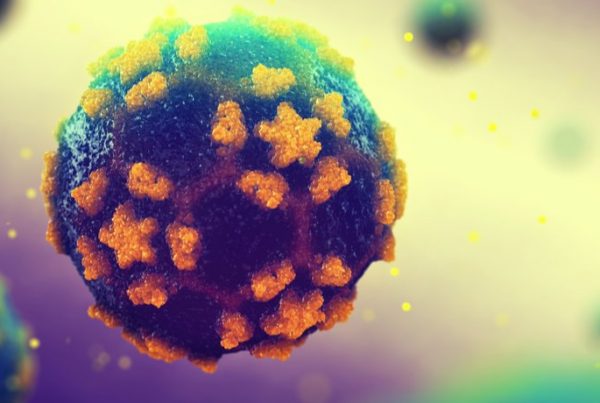Laurence Weir, medical technology lead at Plextek, looks at the use of UV light for sterilising phones and other home objects.
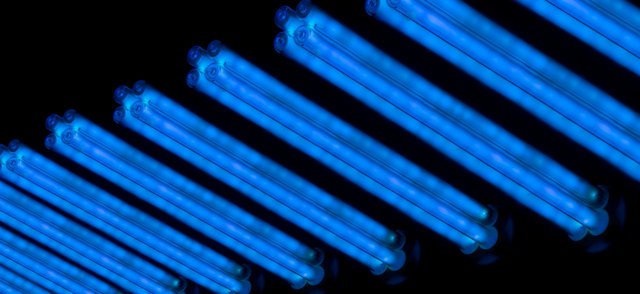
COVID-19 has put the spotlight on cleaning and sterilising as never before with ideas ranging from the practical to the ’imaginative’. One of the techniques that has been explored is the use of ultraviolet light. Ultraviolet germicidal irradiation (UVGI) is an accepted disinfection method that uses short-wavelength ultraviolet (UV-C) light to kill or inactivate viruses by disrupting their nucleic acid strands, leaving them unable to perform vital biological functions.
In principle, UVGI devices can produce strong enough UV-C light to disinfect air in a circulating confined area. Therefore, the effectiveness of UVGI depends on exposure time, intensity and wavelength of the radiation, the presence of so-called protective particles, and the virus’ susceptibility.
UV-C radiation is a known disinfectant for air, water and nonporous surfaces and has been effectively used for decades to reduce the spread of bacteria – including TB. It has been shown to destroy the outer protein coating of the SARS-Coronavirus but has not yet been confirmed to work against COVID-19. The destruction ultimately leads to inactivation of the virus.
The fact that there is limited published information about its effectiveness on COVID-19 can be attributed to the meagre knowledge we currently have. Also, there are limitations to how effective UV-C radiation can be at inactivating viruses in general. UV-C can only inactivate a virus if it is directly exposed to the radiation, so its effect can be blocked by commonplace things such as soil, dust and even bodily fluids.
What about UV-A and UV-B?
UV-B and UV-A radiation bands have higher wavelengths and are expected to be less effective than UV-C radiation. Although there is some evidence that long exposure to UV-B is effective at inactivating other SARS viruses, but not SARS-CoV-2, it is less effective than UV-C and is more damaging to humans. It can even cause some forms of cancer and cataracts. The UV-A band is less dangerous, but it is also about 1000 times less effective than either UV-B or UV-C for disinfection. UV-A is also implicated in skin ageing and cancer, although it is used for applications like tanning booths.
Disinfection in the home
There is surprisingly little scientific analysis on the spread of viruses in the home. It is only since the advent of widespread COVID-19 testing, that different members of a household can be shown to transmit diseases to each other. Even then, there is no definitive evidence whether the source of infection was inside or from outside the home.
As such, disinfection of household objects is usually done on an ad-hoc basis. Generally, we wash our hands and bodies very regularly; our kitchen and bathroom surfaces often; and other surfaces around the home sporadically. There is little evidence that people are being infected with diseases through personal objects, such as phones, which are not often shared. It is much more accepted that infections are transmitted through close physical contact and transmission of bodily fluids.
Therefore, it cannot be proved that disinfecting small objects is necessary, or at least better than a quick wipe with antibacterial fluid.
Do UV-C light boxes work?
It is possible to visit Amazon or other sites and buy UV sterilising light boxes. But the effectiveness of UV-C light sources in inactivating viruses such as the SARS-CoV-2 virus is still unknown because there is limited published data about the wavelength, dose, and duration of UV-C radiation required to inactivate the virus.
Given this unregulated space, it is likely that many UV-C lamps sold for home use are low dose, so may require greatly increased exposure times to inactivate viruses on a particular surface area.
Equally, sources may emit very specific UV-C wavelengths or they may emit a broad range of UV wavelengths, while some lamps may also emit visible and infrared radiation. There is some evidence that excimer lamps, with a peak wavelength of 222-nm may cause less damage to the skin, eyes and DNA, although damage to DNA is the specific requirement in the design of these boxes as a disinfection device.
Are UV-C light boxes safe?
UV-C lamps used for disinfection purposes may pose potential health and safety risks depending on the UV-C wavelength, dose, and duration of radiation exposure. The risk may increase if the unit is not installed properly or used by untrained individuals.
For instance, direct exposure of skin and eyes to UV-C radiation lamps may cause painful eye injury and burn-like skin reactions, while some UV-C lamps generate ozone, which if inhaled, can be irritating to the airway. UV-C can also degrade certain materials, such as plastic, polymers and dyed textile and some UV-C lamps contain mercury. Because mercury is toxic even in small amounts, extreme caution is needed in cleaning a lamp that has broken and in disposing of it.
Cost benefit
UV-C light sources are traditionally from halogen style lamps. These have a broader range of wavelength output, use high amounts of power, and generate waste heat. UV-C LEDs are coming onto the market, however as these are generally research or early development products, the costs are still high. For the area which can be covered by a halogen lamp, many LEDs are required in parallel, which increases the cost further.
Therefore, until the cost of these LEDs comes down, it is not particularly cost effective to have them installed in consumer items that do not provide clear benefits. Cheaper UV-C light boxes on the market do not have the newer LEDs, which have the right wavelength at higher power to effectively disinfect objects.
With the current state of the technology and scientific evidence presented, it is not likely that personal home-based UV light boxes offer a compelling and useful purchase. However, with further research to validate their use, and ultimately reduction in the cost of the appropriate technology, this may change the situation in the coming years.


